May 19, 2025 | 10:13 GMT +7
May 19, 2025 | 10:13 GMT +7
Hotline: 0913.378.918
May 19, 2025 | 10:13 GMT +7
Hotline: 0913.378.918
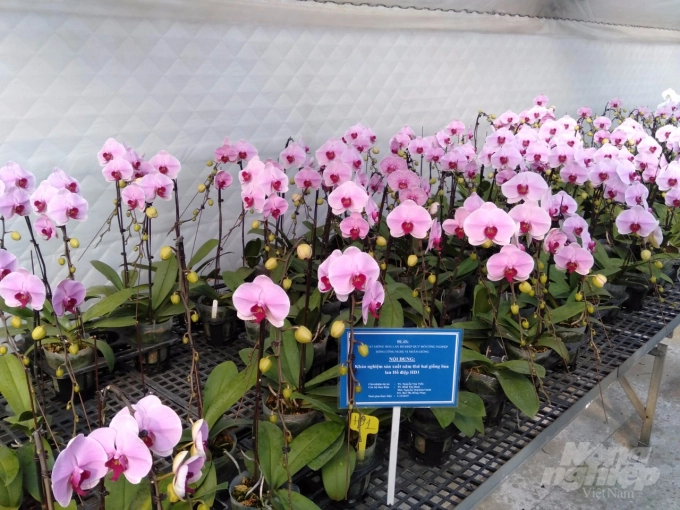
The moth orchid type the copyright of which has been successfully transferred. Photo: Hai Tien.
Centre for Flowers, Ornamentals Research and Development has successfully transferred the copyright of two moth orchid types to Lam Dong Province’s Department of Agriculture and Rural Development.
According to Nguyen Van Tinh, the director of the centre, the successful transference is an important milestone in the orchid industry in Vietnam.
This is the first time domestic scientists have commercialized the results of breeding bonsai flowers in general and moth orchids in particular, opening great prospects for the next similar transactions.
The event also created a strong motivation to promote many new varieties of flowers that are 'Made in Vietnam'.
Furthermore, a prestigious foreign partner in the field of research and production of orchid offered to order a large number of moth orchid seedlings from Centre for Flowers, Ornamentals Research and Development, which is unprecedented for the fledgling high-end flower industry of Vietnam as the country still had to import large quantities of moth orchids from abroad just a few years before.
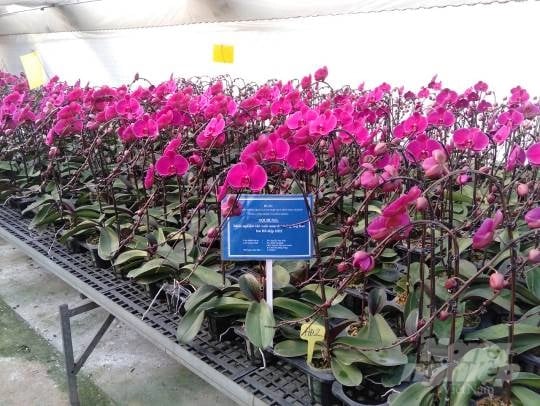
The successful transference is an important milestone in the orchid industry in Vietnam. Photo: Hai Tien.
It therefore can be confirmed that the technological level of flower production in Vietnam has reached the international standard.
In the past ten years, the Centre for Flowers, Ornamentals Research and Development has successfully selected over 100 varieties of flowers, built 32 sets of technical procedures for growing and caring for ornamental plants.
Particularly, nearly 30 varieties of moth orchid with diverse colors and mild scent have been put into mass production.
At the same time, the centre has identified and built a bank of a native bonsai flower genetic, including 22 samples.
Commercially, the center has successfully cultured nearly 2.5 million moth orchid seedlings yearly, meeting more than 20% of the demand for commercial flower production in the country.
Particularly, the center can produce from 12,000 to 15,000 moth orchid seedlings to supplement the market of Hanoi and the vicinity on the Lunar New Year, which provides an important source of revenue for the Center to finance itself and to expand production.
In the production of moth orchid, the scientists of Centre for Flowers, Ornamentals Research and Development have created millions of seedlings with the same characteristics as the mother plant by mastering the improved tissue culture technique, which had only been done by countries with a high level of science and technology.
According to Tinh, Assoc.Prof.Dr. Dang Van Dong has significantly contributed to in the orchid industry in Vietnam.
He is the first scientist to successfully integrate the results of research of moth orchids into the mass production; therefore, Vietnam’s high-end flower market could be as vibrant as it is today.
In addition, the associate professor has also directly fostered and trained dozens of young, enthusiastic and creative scientists specializing in bonsai flower research. This is a basic foundation to help Vietnam’s ornamental plant flower industry flourish.
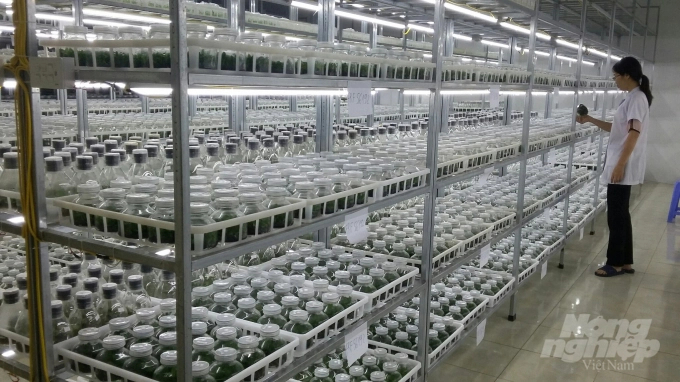
Breeding moth orchid by applying improved tissue culture technology is conducted at the Centre for Flowers, Ornamentals Research and Development. Photo: Hai Tien.
“During an international cooperation program, the Center for Flowers, Ornamentals Research and Development asked a foreign partner to transfer a detail of a new technology; however, they offered the price of US$70,000. With limited budget, the Centre conducted research on our own. After nearly a year, the foreign partner was amazed at the Vietnamese creativity”.
PhD. Nguyen Van Tien, deputy director of the Center for Flowers, Ornamentals Research and Development.
Translated by Mai Huong
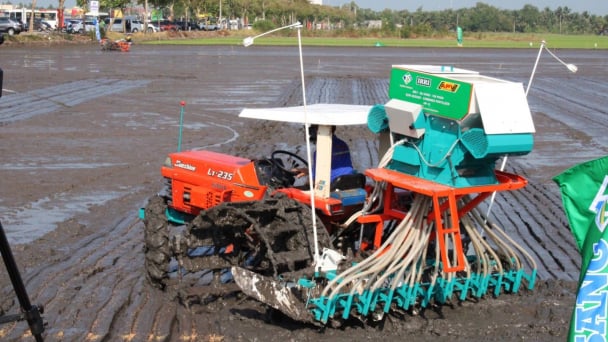
(VAN) The German Agricultural Society (DLG) explores the possibility of establishing a mechanization service center in Vietnam’s Mekong Delta to support farmers in accessing and utilizing advanced machinery.
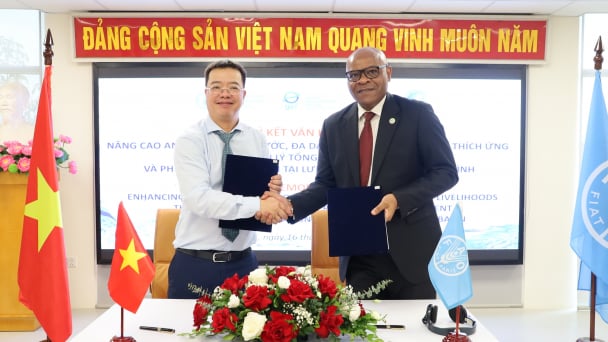
(VAN) On May 16, the Department of Water Resources Management, in collaboration with the Food and Agriculture Organization of the United Nations (FAO), held a signing ceremony for the GEF-8 project document.

(VAN) Food safety, mechanization, vocational training, and market opening are key areas of cooperation expected between the Vietnamese Government and the Federal Republic of Germany.
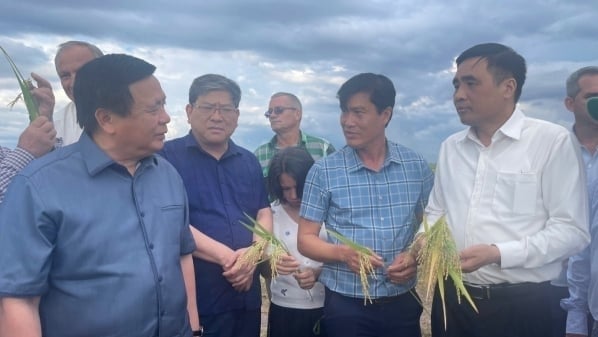
(VAN) Deputy Minister Nguyen Quoc Tri also expressed his hope that Cuba will soon overcome its current challenges, attain food security, and further expand cooperation with Vietnam.

(VAN) The project contributes to enhancing the resilience of communities vulnerable to the impacts of climate change, with a primary focus on local women.
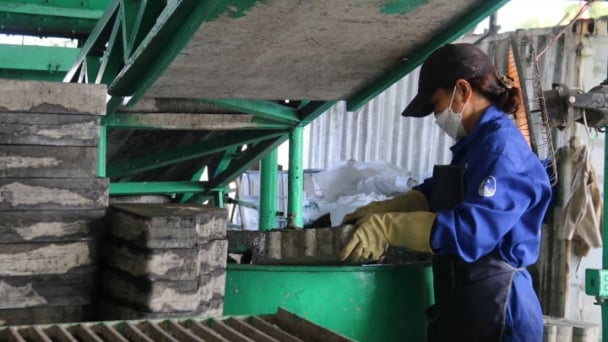
(VAN) Green materials help save energy and resources. However, after more than 10 years, Vietnam has only developed over 200 green buildings with more than 6 million square meters of floor space.
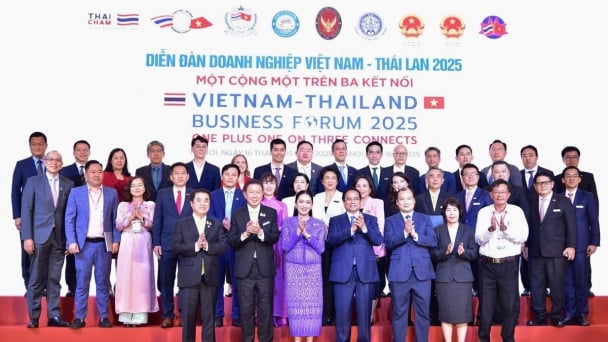
(VAN) Vietnam - Thailand Business Forum 2025: One plus one on three connects, marking a milestone in the comprehensive strategic partnership between the two nations.